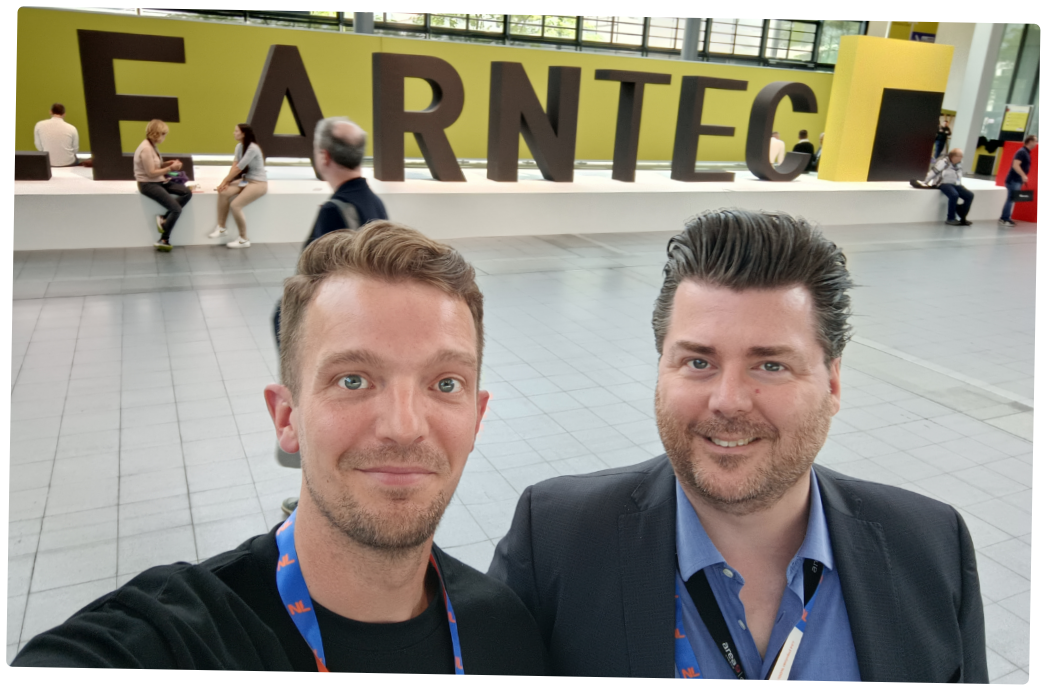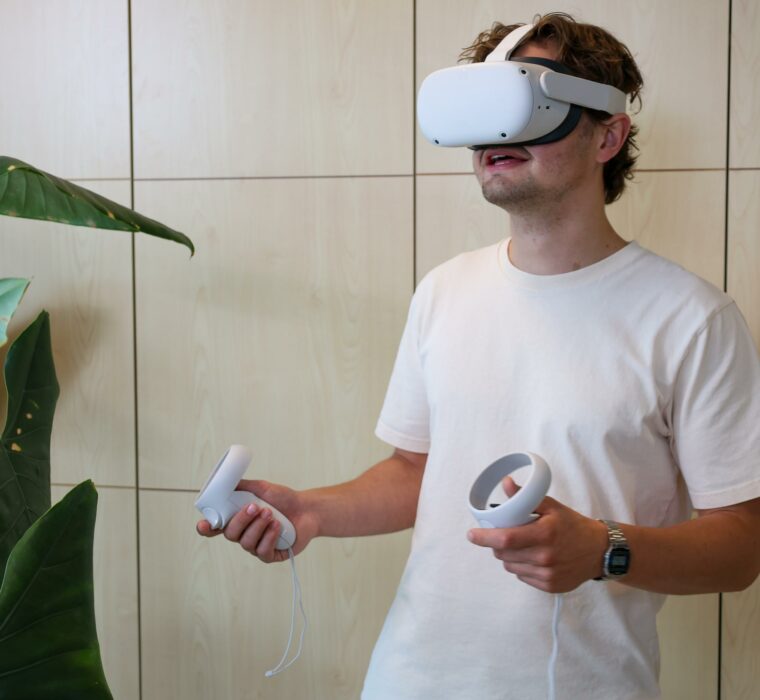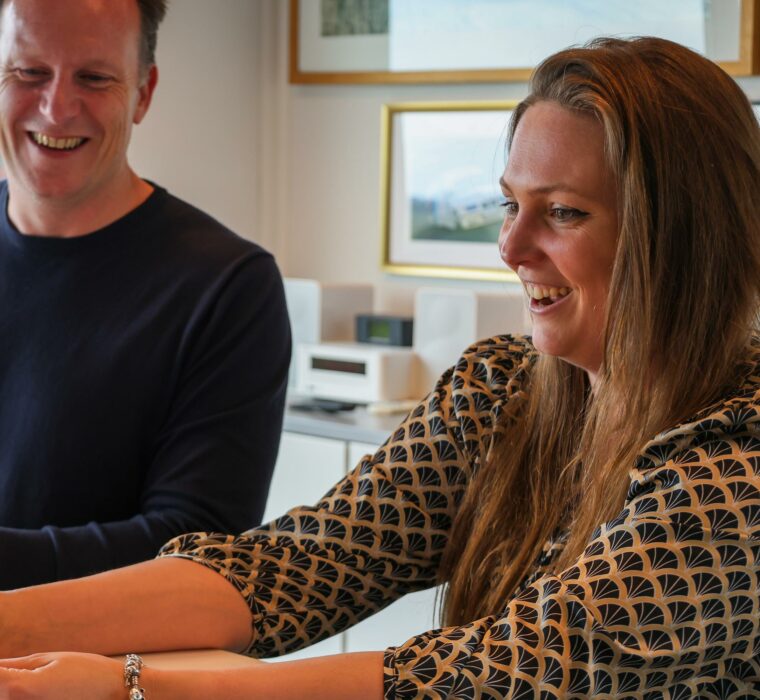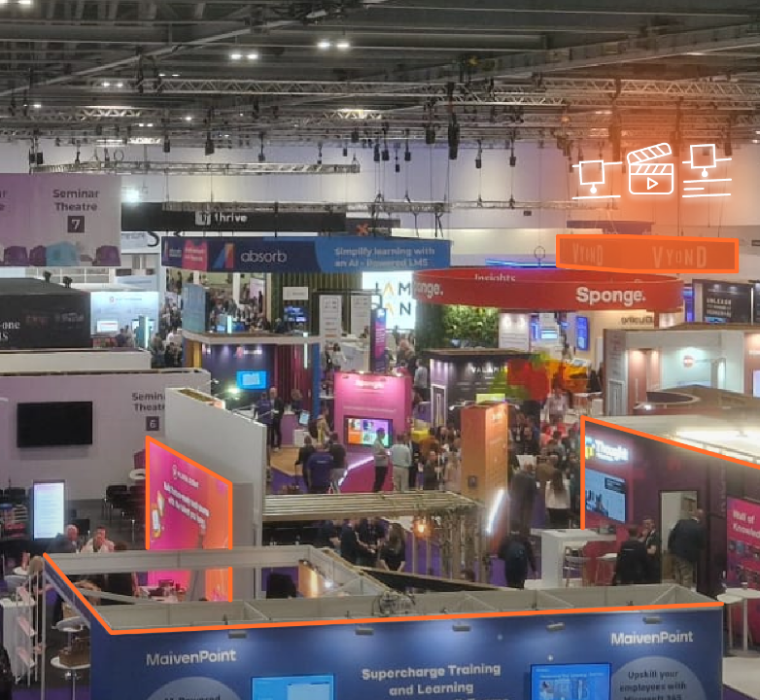
People wearing VR headsets, programmable robots and virtual classrooms. I knew it right away: we are at the LEARNTEC fair. LEARNTEC is a specialized fair focusing on advanced manufacturing and automation technologies. This fair is exceptional in the sense that it not only features software and content providers, but also suppliers of related learning materials. Thanks Jaap and Amélie for bringing the Dutch delegation together and for bringing us to LEARNTEC!
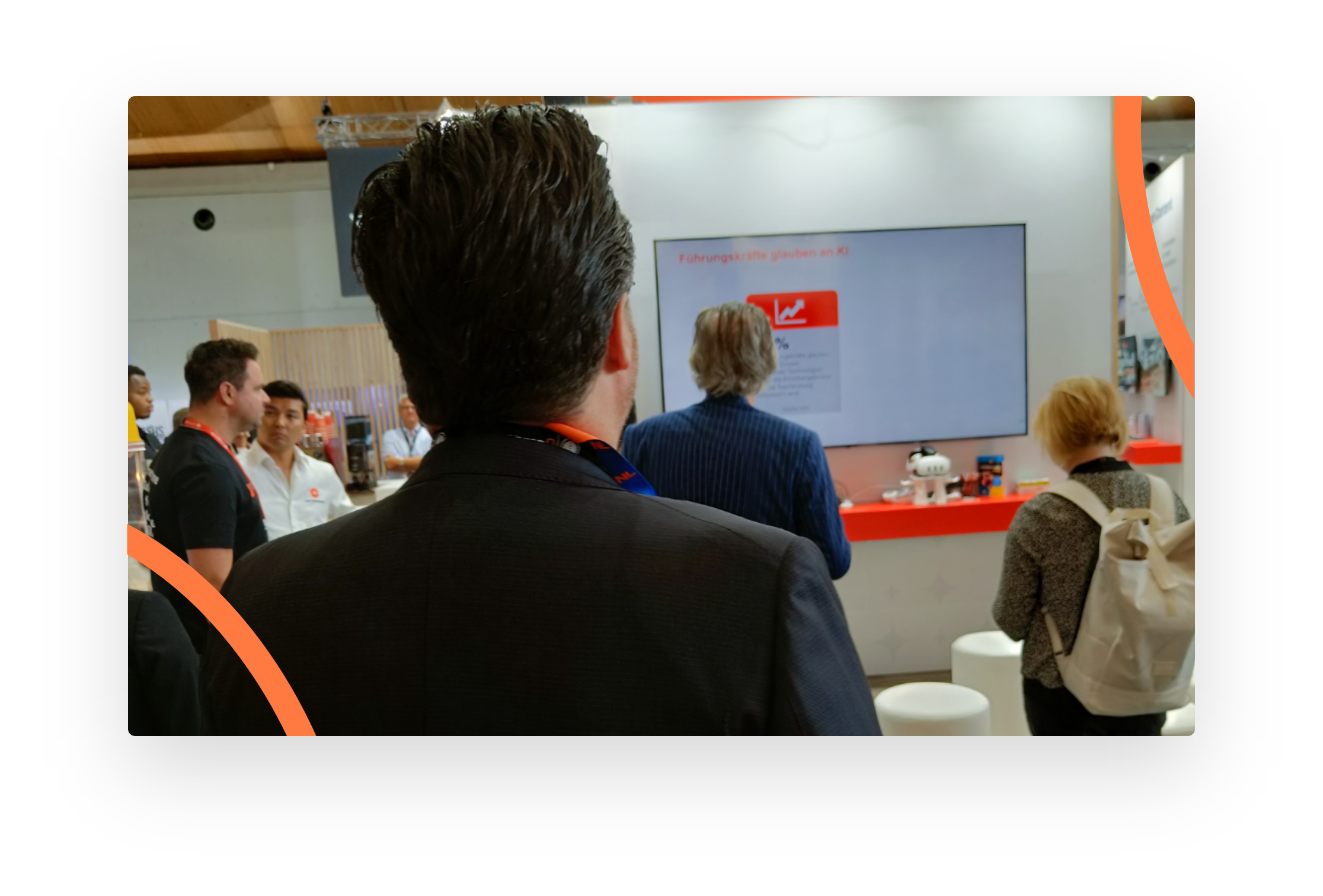
Develop content within your learning platform
Together with our account manager Maarten, I made the trip to Karlsruhe, Germany, for inspiration on innovations combined with technology. Coming from my technical role at inBrain, my attention quickly turned to the platforms being promoted. Most notable: with many platforms, users themselves are able to create and post content within that platform. This is tempting because SME’s can get started quickly and are not dependent on others to put the course online. On the other hand, the phenomenon of “vendor lock-in” lies ahead here: a situation in which the customer becomes so dependent on the supplier or on the product/service that it becomes difficult to switch to another supplier. Vendor lock-in occurs in this case because the content is anchored in the platform and cannot simply be picked up and moved. But what if you do want to move that content? For example, if your business grows to the point where your current learning platform no longer meets all your needs.
Although many platforms make it accessible for anyone to write and post their own course materials, SME’s schedules often do not allow for this time-consuming chore. Moreover, it remains to be seen whether subject matter knowledge automatically means that the course is ultimately didactically strong. Our experience shows that the very act of bringing together people with content knowledge and people with didactic knowledge leads to the strongest learning product. Let me tell you more about this!
InBrain’s digital learning specialists work closely with SMEs in our work process to gain content knowledge for the learning solution. In doing so, they use their instructional design skills to put together a didactically strong product. The very fact that our course developers are not expert in content makes them look at the content with a distance, which makes it easier to think about the content on a broader level. This way, for example, we can divide modules into small (lego) blocks so that learning paths can be combined in different ways and we can deploy content in a variety of ways.
Competency-based learning using adaptivity
During LEARNTEC, Workforce Agility, also known as competency-based learning, caught my attention too.To this day, many people leave education without a degree, and this group learns a profession not from a book, but from practical experiences or delving into a subject from their own interest. As a course developer, it is important to develop a course that suits different knowledge levels, and the adaptivity of a platform plays a vital role in this. Adaptivity can be used to determine which participant is presented with which lego block and to what extent. With this, the starting point of the course is not the level of education based on a “piece of paper,” but the actual knowledge of someone. This allows people to see at a glance where they are in their growth path and what skills are still needed to take the next step(s).
Finally, a word about by far the nicest AI application I saw at the fair. I want to highlight botter.io. Botter.io has a wonderful product that allows you to use all of an organization’s courseware to train your company-specific AI. This allows you to ask all your questions to AI, which are then answered with the knowledge from your own course material. Entirely with source reference. And as icing on the cake, you can also ask AI to create lessons for you on a subject, and then quiz yourself with this test. Kudos to Nathnael Gossaye Endeshaw and Botter for this cool application of artificial intelligence.

About Sander
Sander Wilson is manager of technical operations at inBrain. As a musician with two right hands, he harmonizes technology and innovation on a daily basis.

